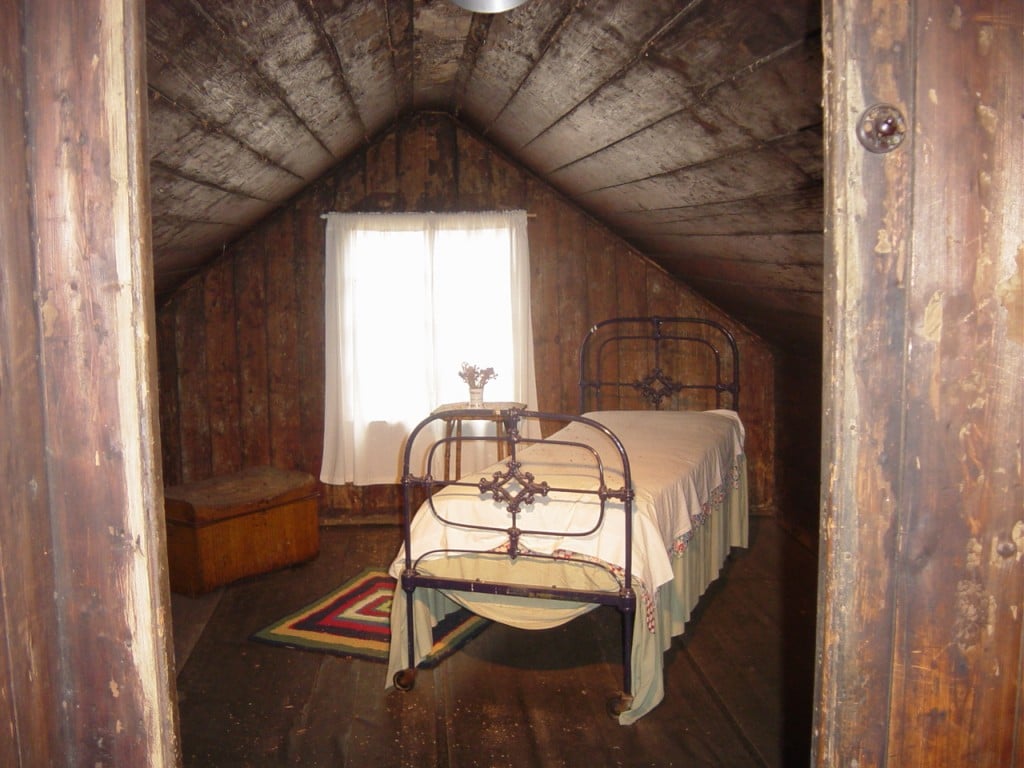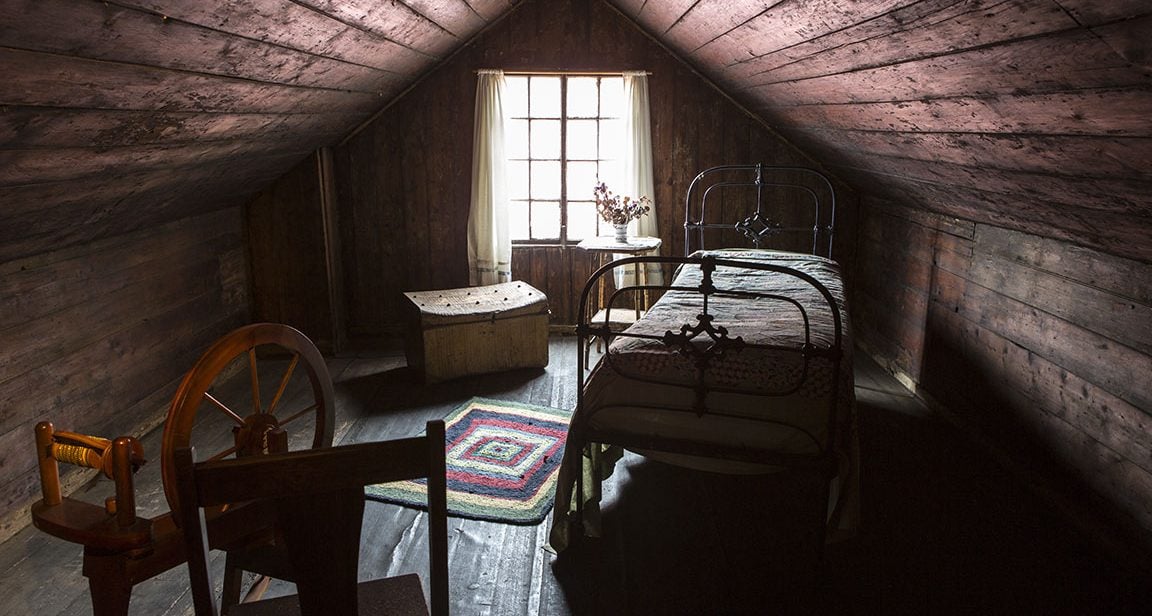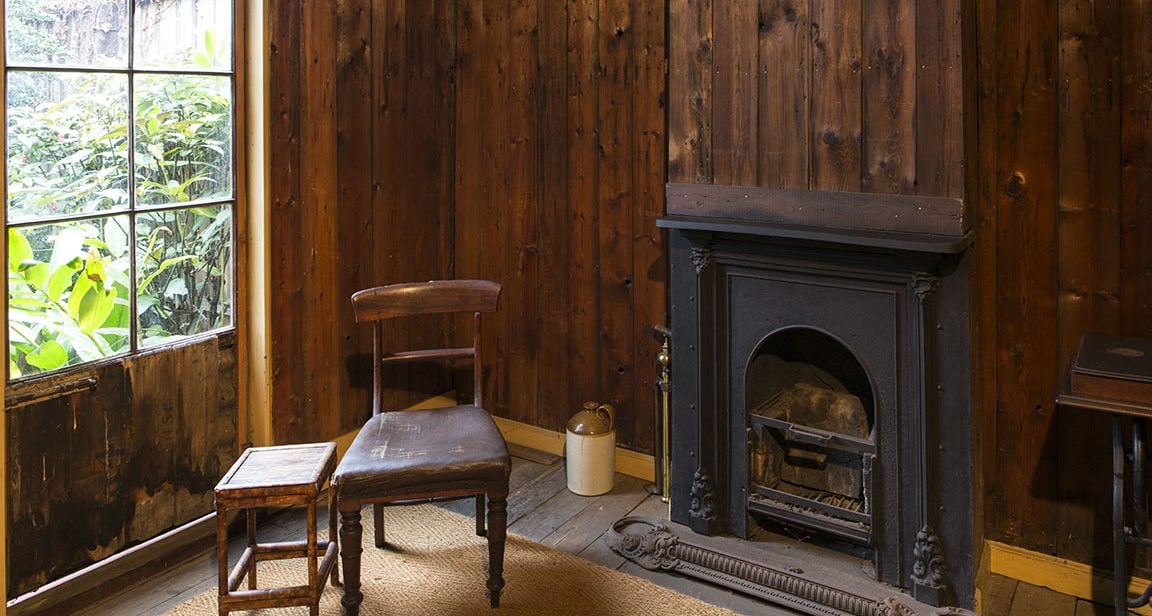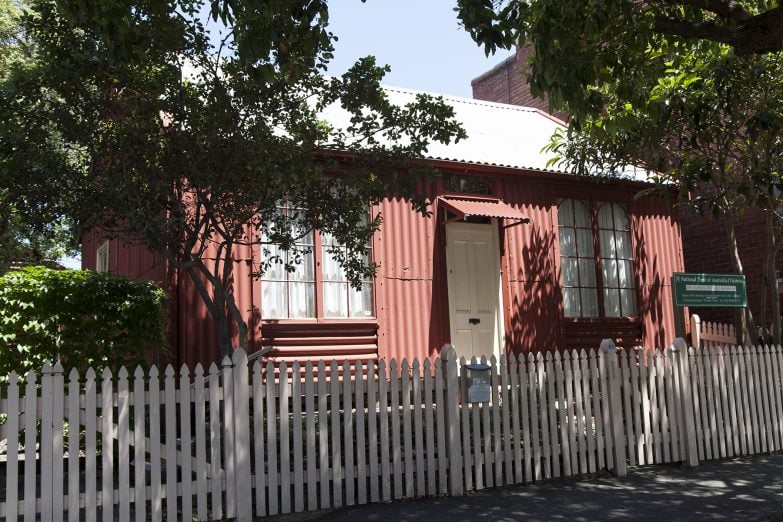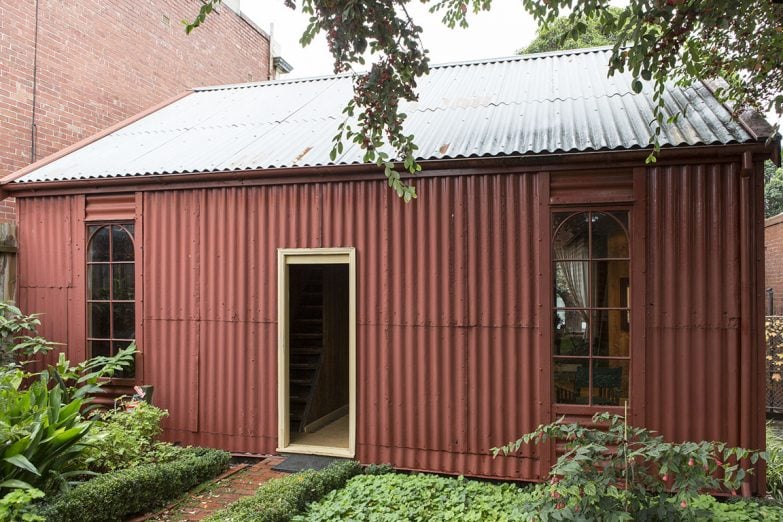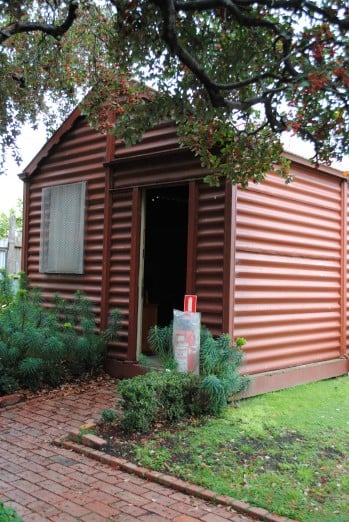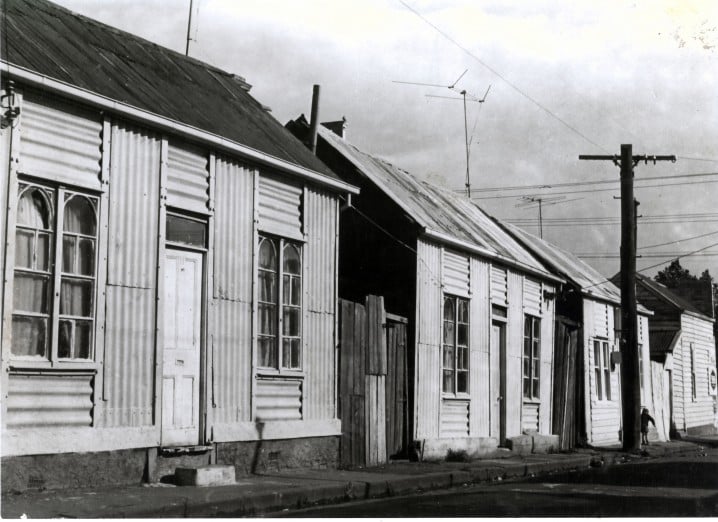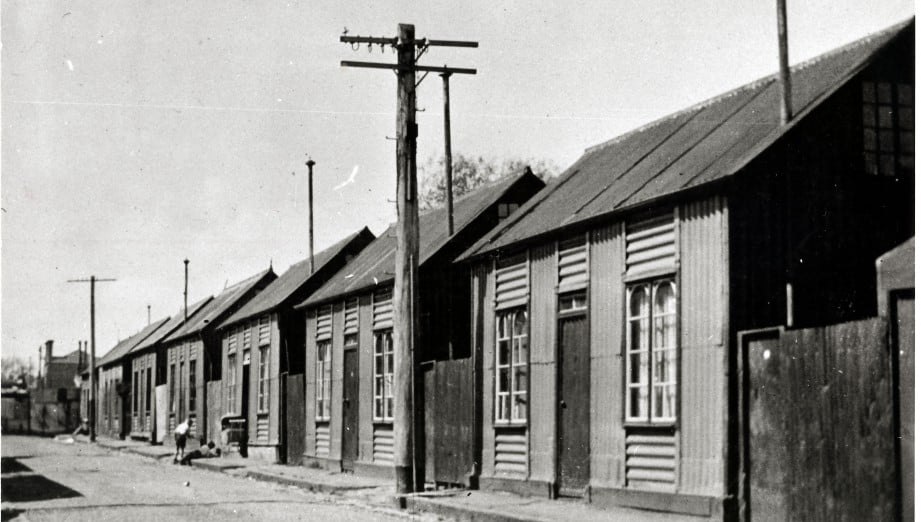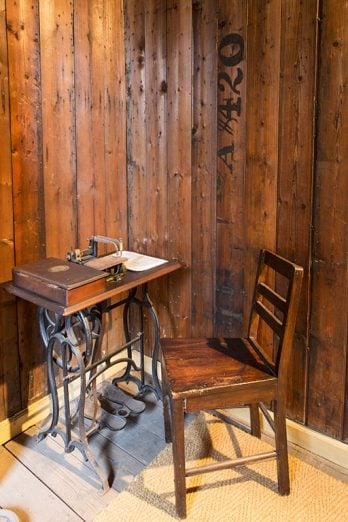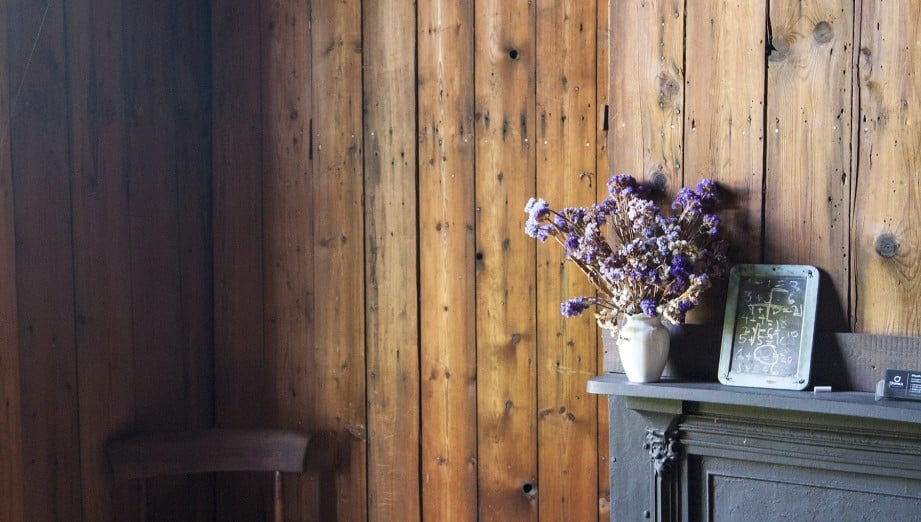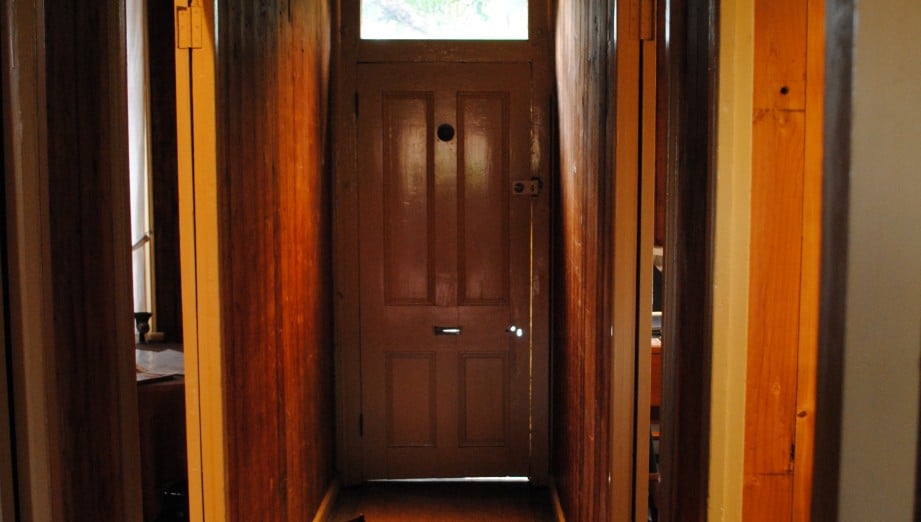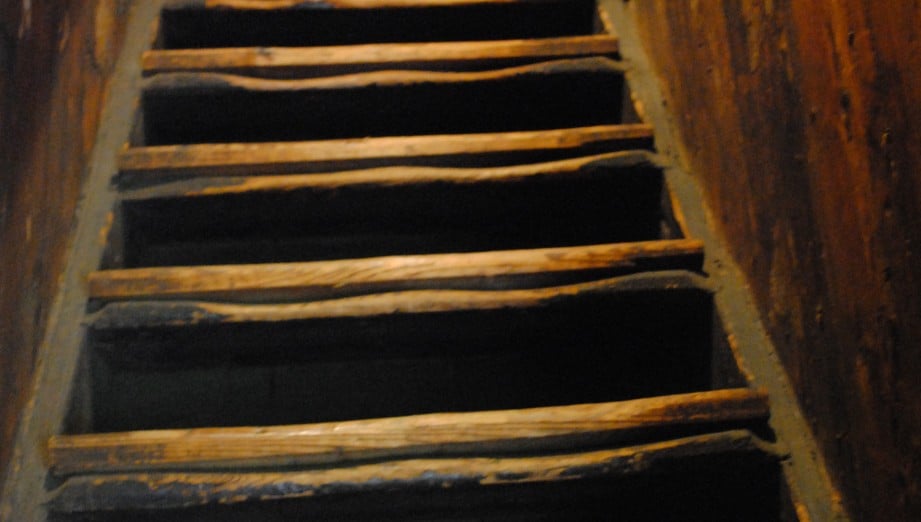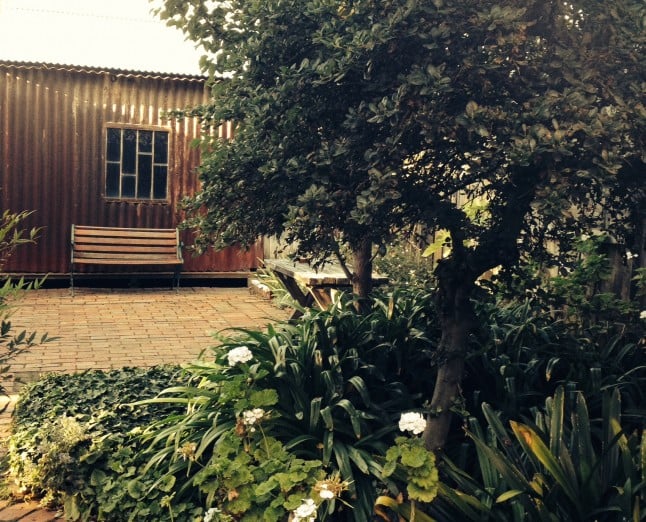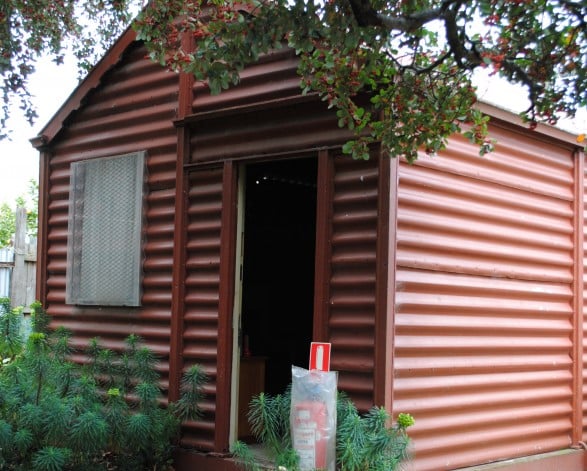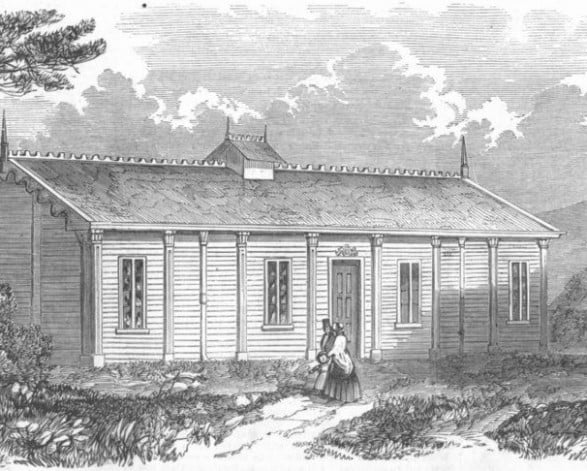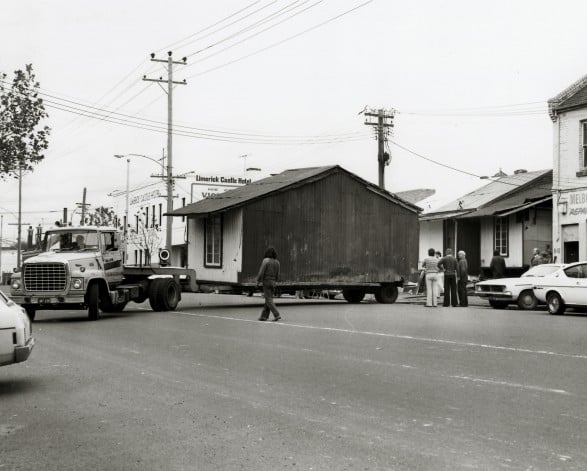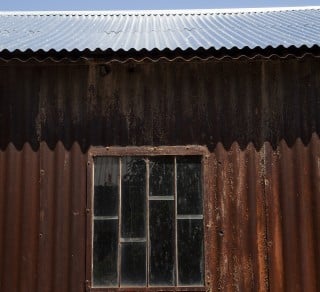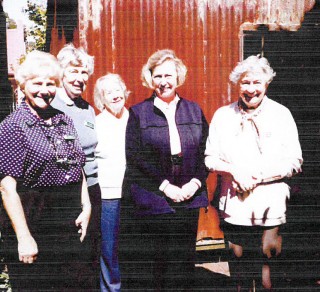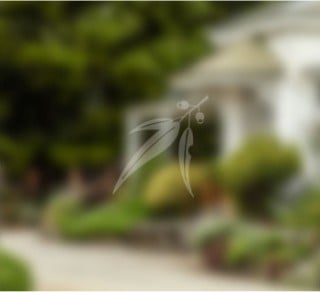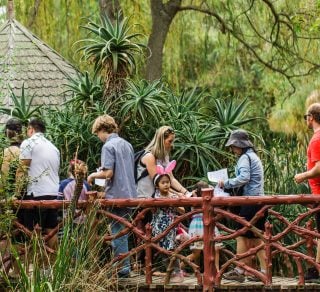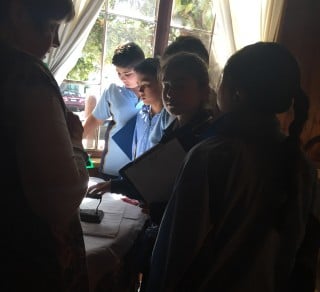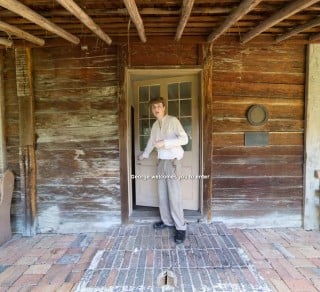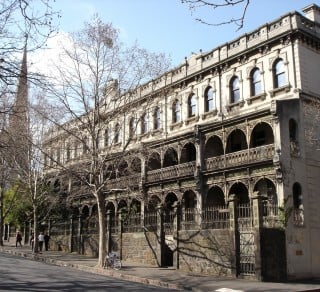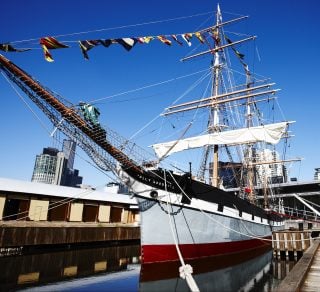See what life was like in Melbourne during the gold rush era when you visit one of the few remaining prefabricated buildings in the world.
The three houses in South Melbourne are among the last nineteenth-century prefabricated iron buildings. With gold discovered in Victoria in 1851 accommodation was needed for the many migrants flocking to the colony. Tents and prefabricated iron houses met that need.
During this time, many new arrivals settled in Canvas Town—a large tent city that had sprung up between Port Melbourne and Princes Bridge in Melbourne. Residents paid five shillings per tent per week. Due to the housing crisis, the hope of moving into even a small two- or six-roomed house was considered a luxury.
Ordered from a catalogue, the buildings offered ranged from modest cottages to theatres and even churches that could hold over 700 people. Constructed in Britain, the houses were dismantled, every component labelled then packed into crates and shipped abroad to be reassembled in their new location.
Specialist labour was not required and anyone could assemble them by following the instructions.
By 1855 South Melbourne comprised nearly 100 portable buildings, of which Patterson House is on its original site. Abercrombie House and Bellhouse were relocated to the current sites from North Melbourne and Fitzroy. All three make up the Portable Iron Houses experience.
